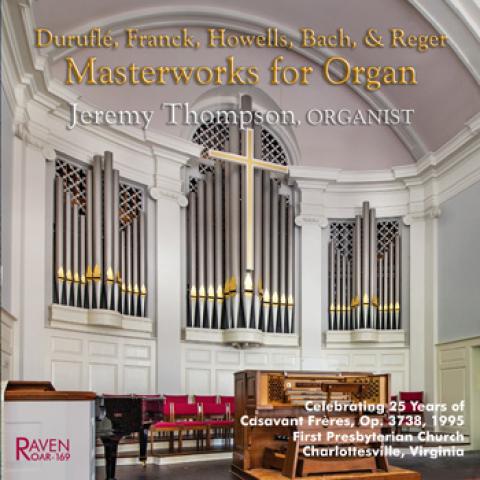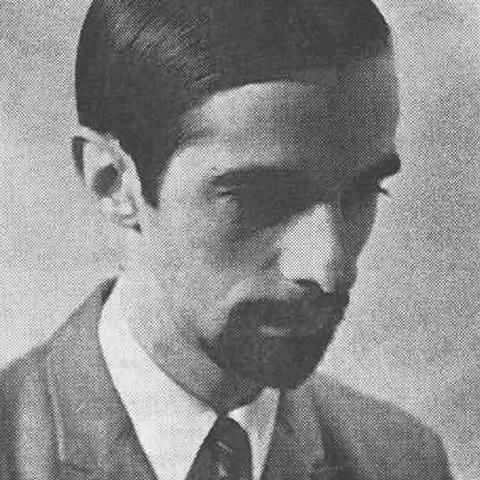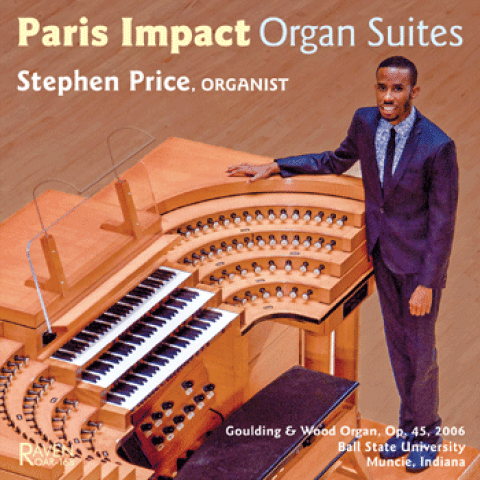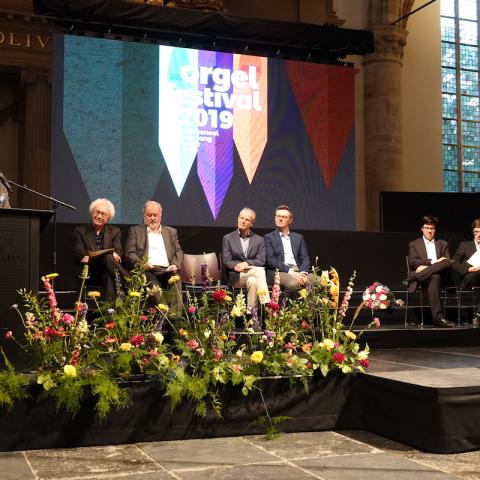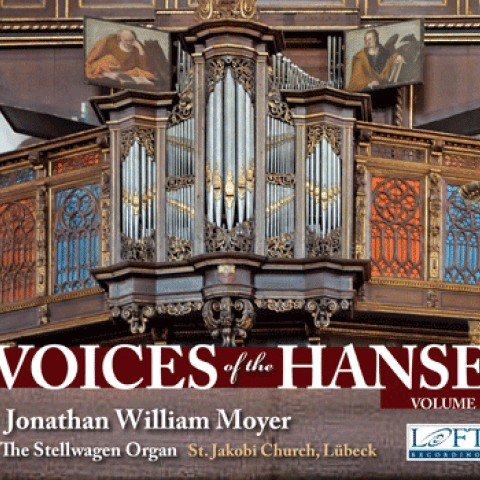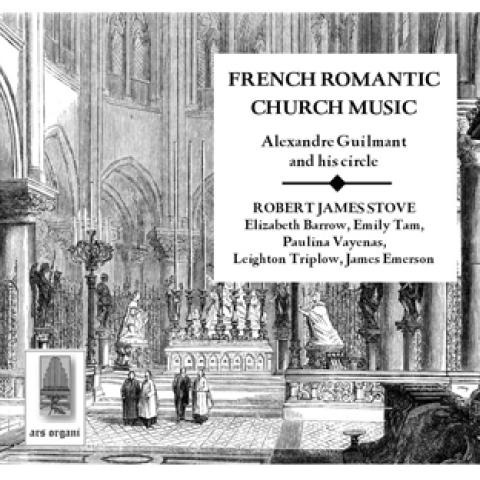
Deutsche Grammophon announces the rerelease of all organ recordings made by Helmut Walcha for Deutsche Grammophon, Arkiv Produktion, and Philips, honoring the 30th anniversary of his death, August 11.
The collection includes the complete organ works of J. S. Bach, as well as his complete Well-Tempered Clavier and the sonatas for violin and harpsichord, along with organ works by Lübeck, Buxtehude, Scheidt, Bruhns, Sweelinck, Thunder, Böhm, and Pachelbel.
The organs featured include those in St. Jakobi Church, Lübeck (Stellwagen), Sts. Peter and Paul Church, Cappel (Arp Schnitger), St. Laurens Church, Alkmaar (Franz Casper Schnitger), and Saint-Pierre-le-Jeune, Strasbourg (Silbermann).
A 32-CD box set (137102, €67.99) is available from Deutsche Grammophon’s DG Store, and downloads are available from DG Store, Amazon Music, Presto Classical, and Barnes & Noble.
For information: deutschegrammphon.com.
Other recent recordings:

